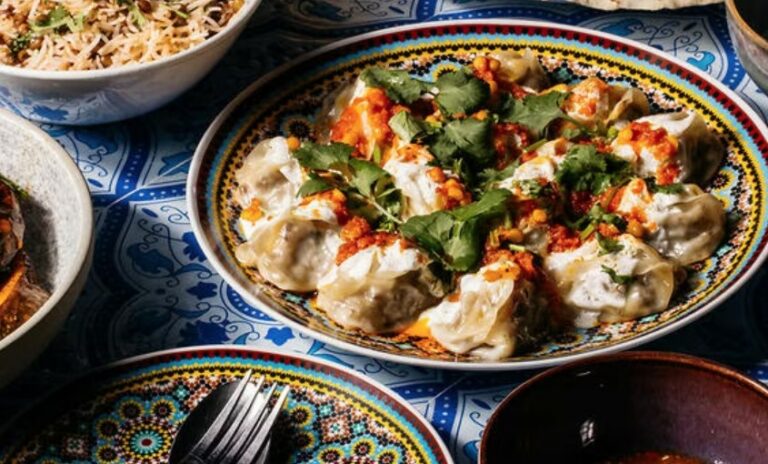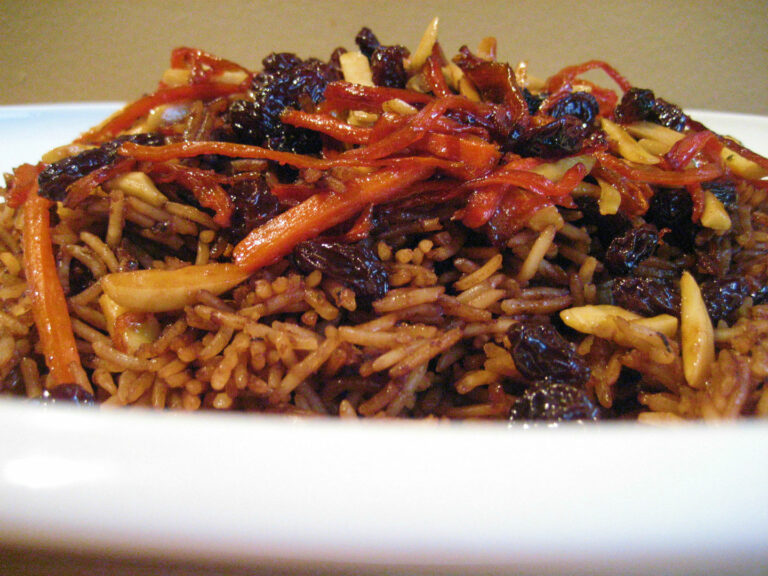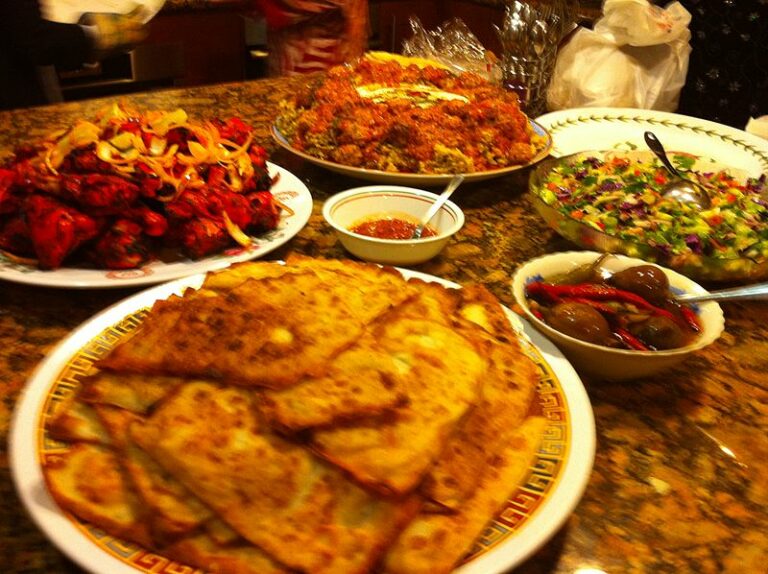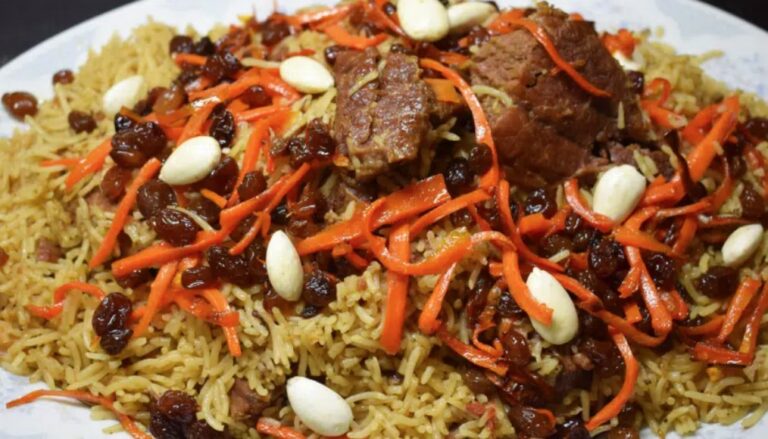Introduction: Afghan Street Food
Afghan street food has recently gained popularity around the world for its unique flavors and cultural significance. From the bustling streets of Kabul to food trucks in New York City, Afghan street food has become a global sensation. Street food is an essential part of Afghan culture, with vendors selling a variety of delicacies that reflect the country’s rich culinary heritage.
History of Afghan Street Food
Afghanistan’s location on the ancient Silk Road has influenced its cuisine, with influences from China, Persia, and India. Afghan street food has evolved over centuries, with a variety of traditional dishes that reflect the country’s diverse cultural and ethnic influences. The concept of street food has been a part of Afghan culture for centuries, with vendors selling kebabs, samosas, and other snacks to locals and travelers.
Traditional Afghan Street Food
Afghanistan’s street food is known for its bold and flavorful dishes, with a variety of meat, vegetable, and spice combinations. Some of the most popular street foods include kebabs, which are skewered and grilled meats, and samosas, which are pastry pockets filled with meat or vegetables. Other street food favorites include bolani, which are stuffed flatbreads, and ashak, which are dumplings filled with vegetables or meat.
The Role of Afghan Street Food in Culture
Street food is an essential part of Afghan culture, with vendors providing a convenient and affordable way for locals to enjoy traditional dishes. Street food also plays a significant role in social gatherings, with families and friends gathering to enjoy kebabs and other street foods together. Afghan street food is a way to connect with the country’s culture and heritage.
Afghan Street Food and Globalization
With the rise of globalization, Afghan street food has become more accessible to people around the world. Afghan food trucks and restaurants have opened in cities around the world, bringing traditional Afghan street food to new audiences. The popularity of Afghan street food has also inspired fusion dishes, with chefs incorporating Afghan flavors into their menus.
The Popularity of Afghan Street Food
Afghan street food has gained popularity for its bold and unique flavors, as well as its cultural significance. With the rise of social media, food bloggers and influencers have helped spread the word about Afghan street food, increasing its popularity. The convenience and affordability of street food also make it an attractive option for people on the go.
Health Benefits of Afghan Street Food
Afghan street food is often made with fresh ingredients and traditional cooking methods, making it a healthier option than fast food or processed snacks. Many Afghan street foods are also gluten-free and high in protein, making them a good choice for people with dietary restrictions.
Conclusion: The Future of Afghan Street Food
The popularity of Afghan street food shows no signs of slowing down, with more people around the world discovering its unique flavors and cultural significance. As the world becomes more interconnected, the popularity of street food is likely to continue to grow. Afghan street food is a delicious and accessible way to experience the country’s rich culinary heritage.










